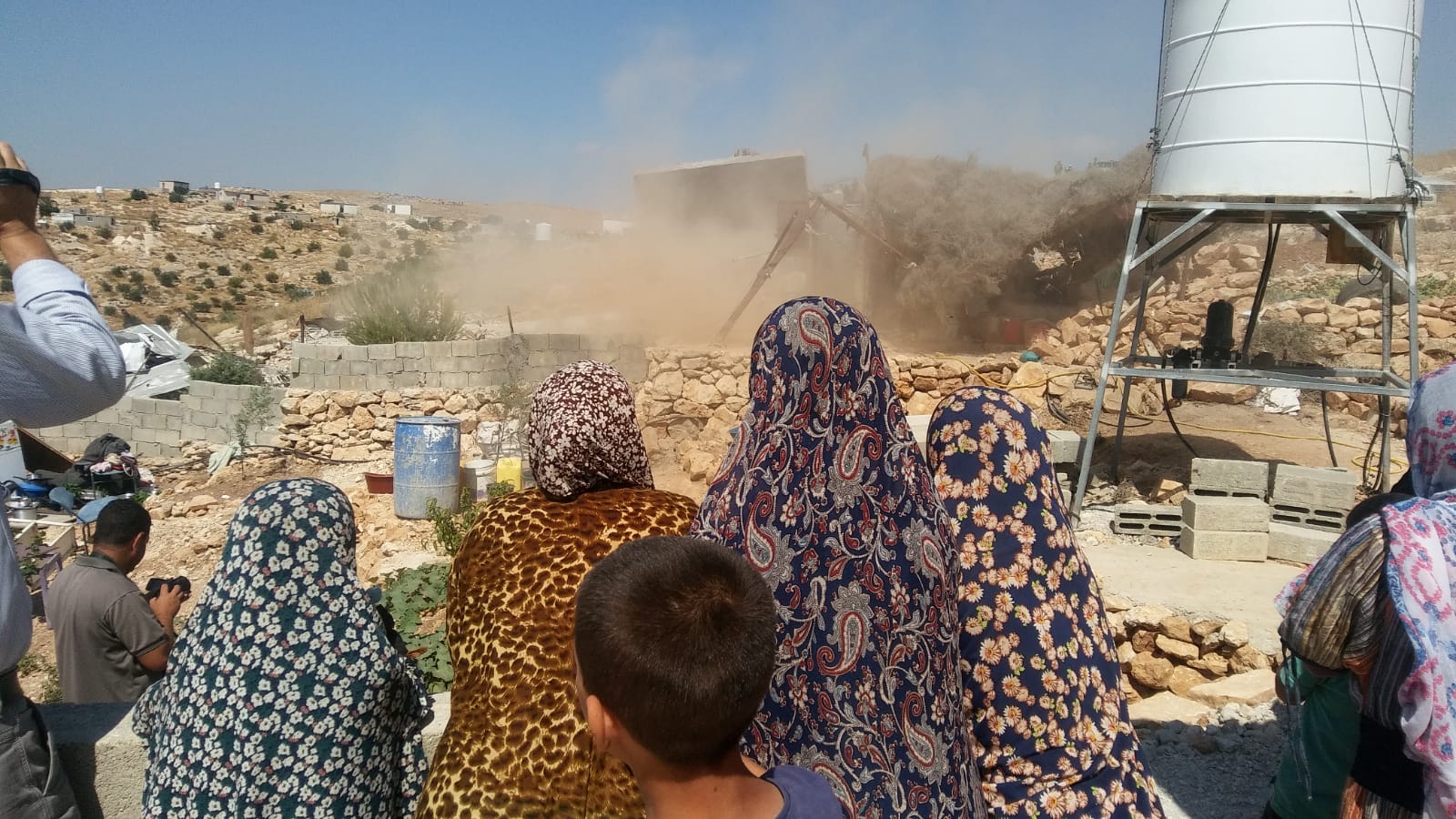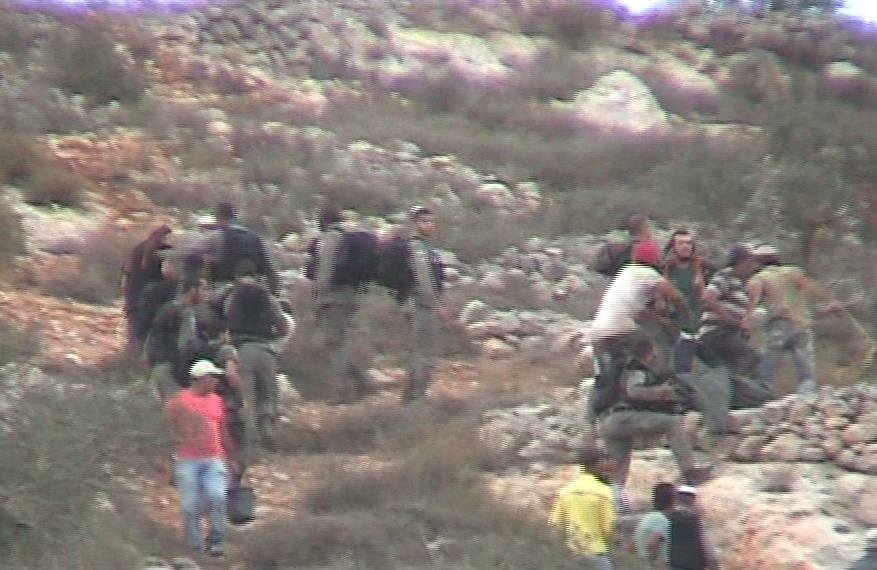Tag: Farmers
-
Villagers live in fear and uncertainty as four more homes demolished in South Hebron Hills
June 18, 2019 | International Solidarity Movement | South Hebron Hills, occupied Palestine Occupation forces went on a demolition spree yesterday in the South Hebron Hills, bulldozing the homes of four families in two villages. A convoy of border police, Israeli Civil Administration officials, soldiers and two JCB bulldozers arrived in the village of Khalet…
-
Settlers of Yitzhar set fire to olive fields and attack farmers the next day
15th November 2017 | International Solidarity Movement, Nablus team | Huwarra, Occupied Palestine Israeli settlers of Yitzhar, set fires in two places in Palestinian olive fields around their illegal outposts, and attacked a group of farmers a day later, under the eyes of around 30 border police, present at the site. On Sunday 5 November,…
-
When buildings break bones
1st October 2017 | International Solidarity Movement, Nablus team | Urif, Einabus & Huwara, occupied Palestine It was a somber trip through the villages of Urif, Einabus, and Huwara yesterday. Their peripheries continue to be threatened by the illegal settlement of Yitzar, which sits strategically on a hill above them, allowing for fast and terrifying…



